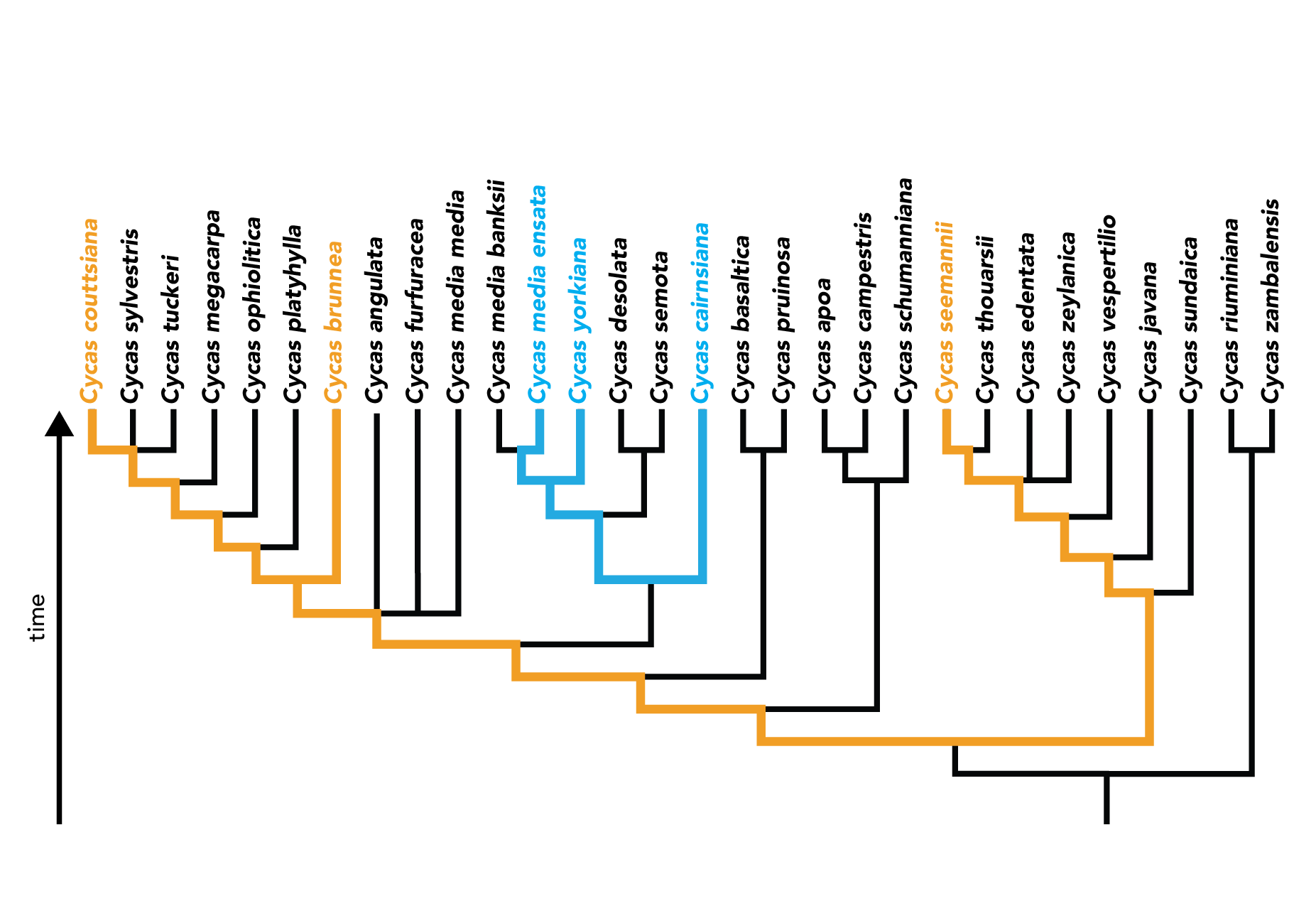So far, we’ve discussed applications of phylogenetics that allow us to narrow in on select species or lineages, but evolutionary trees can do much more than that. They can help us identify sets of lineages with particular sorts of evolutionary histories. This can provide useful information for setting conservation priorities when we are forced to pick and choose species and localities for protection because of limited resources. For example, scientists have discovered that ecosystems inhabited by plants that occupy distant branches on the tree of life tend to be more productive than ecosystems full of plants that are closely related to one another.11 To maximize the health of an ecosystem then (or simply because we want to preserve species with diverse evolutionary histories), when making conservation plans we may want to take the evolutionary histories of the protected species into consideration. Other conservation efforts aim to target species that are likely to contribute to future diversity.12 Hence, some researchers study trees to determine which lineages have an unusually high likelihood of begetting new species, so that we can focus on protecting the habitats in which those species live. Scientists and policymakers are still trying to sort out the best way to use this information, but it is likely to play into future conservation decisions.

Feeling lost? Review tree basics with the primer.
11 Cadotte, M.W., B.J. Cardinale, and T.H. Oakley. 2008. Evolutionary history and the effect of biodiversity on plant productivity. Proceedings of the National Academy of Sciences USA 105(44):17012-17017.
12 Davis, E.B., M.S. Koo, C. Conroy, J.L. Patton, and C. Moritz. 2008. The California Hotspots Project: Identifying regions of rapid diversification of mammals. Molecular Ecology 17(1):120-138.
